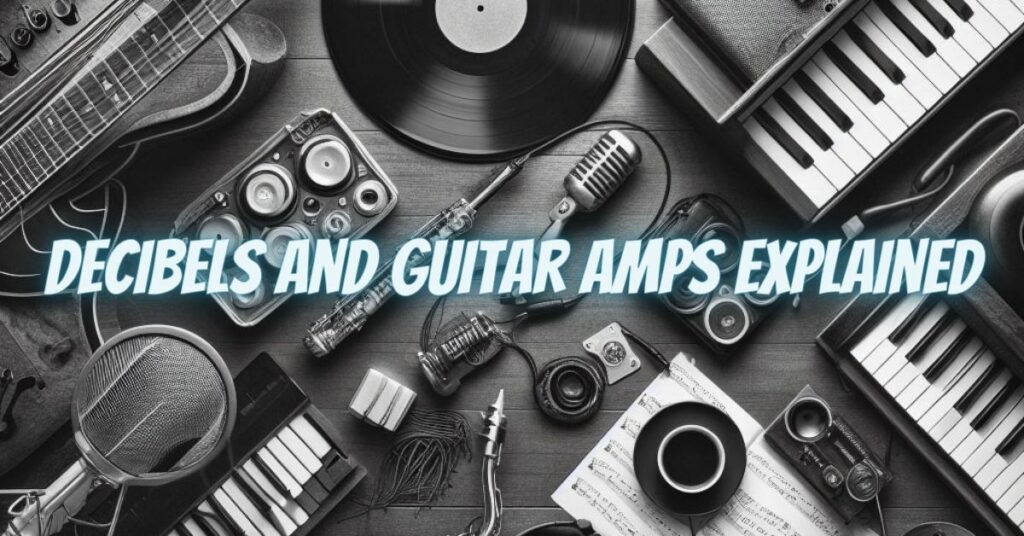Guitar amplifiers are essential for shaping the tone and volume of an electric guitar. But have you ever wondered just how loud a guitar amp can get? In this article, we’ll explore how many decibels (dB) a typical guitar amp can produce and what factors influence its volume output.
Decibels and Sound Measurement
Decibels (dB) are a unit of measurement for sound intensity and volume. It’s a logarithmic scale that quantifies the relative loudness of a sound. A doubling of sound intensity corresponds to an increase of approximately 3 dB, while a tenfold increase in intensity equates to a 10 dB increase.
Factors Affecting Guitar Amp Volume
The volume of a guitar amp can vary significantly depending on several factors:
- Amplifier Power: The wattage rating of the guitar amp plays a significant role in determining its volume. A higher-wattage amp can produce more volume compared to a lower-wattage one.
- Amplifier Design: The design of the amplifier, including the type of amplification (tube, solid-state, or modeling), can influence its volume and tonal characteristics.
- Speaker Size and Configuration: The size and number of speakers in the amplifier’s cabinet affect the sound pressure level (SPL) the amp can produce. Larger speakers or multiple speakers can move more air and produce higher volume.
- Speaker Efficiency: The sensitivity rating of the speakers in the amplifier (measured in dB at 1 watt/1 meter) determines how efficiently they convert electrical power into sound. Highly sensitive speakers can produce more volume with the same amplifier power.
- Room Acoustics: The acoustic properties of the room where you’re playing the guitar amp influence the perceived volume. Room size, shape, materials, and acoustic treatment can impact sound propagation.
Typical Guitar Amp Volume Levels
The volume of a guitar amp can vary widely, but here’s a general idea of the volume levels you can expect from different amp wattages:
- Practice Amps (5-15 Watts): These amps are suitable for bedroom practice and small jam sessions. They can typically produce volumes ranging from 85 to 95 dB, which is roughly equivalent to a busy city street.
- Combo Amps (15-50 Watts): These amps are versatile and suitable for small to medium-sized venues. They can produce volumes in the range of 95 to 110 dB, akin to a live rock concert.
- High-Power Amps (50+ Watts): Amps with higher wattages are intended for larger venues and can reach volumes of 110 dB or more, similar to the loudness of a rock concert or nightclub.
It’s important to note that continuous exposure to sound levels above 85 dB can potentially lead to hearing damage over time. Musicians and audience members should consider hearing protection when exposed to high-volume guitar amplifiers.
The volume of a guitar amp is influenced by various factors, including amplifier power, speaker size, efficiency, and room acoustics. Understanding the typical volume levels associated with different amp wattages can help guitarists and audiences take precautions to protect their hearing when necessary. Whether you’re practicing at home or rocking out on stage, the volume of a guitar amp can be adjusted to suit your needs while ensuring a satisfying sonic experience.

